02 The Sun and the Moon Letters (Al-Huruf Ash-Shamsiah , Al-Huruf Al-Qamariyah/الحروف الشمسية, الحروف القمرية )
The Arabic alphabet (Al-abjadiyah Al-Arabiyah/ الأبجدية العربية) contains 28 letters, which are classified into 14 sun letters (الحروف الشمسية) and 14 moon letters (الحروف القمرية). This classification is based on the way these letters affect the pronunciation of the definite article (ال) at the beginning of words.
The definite article is assimilated into the sun letters and loses its distinctive sound. As a result, the sound at the beginning of the word is doubled. It is observed in writing ‘The Sun’ in Arabic Ash-shams/الشمس , hence called Sun letters .
The 14 sun letters are: (The 14 sun letters are ﻥ ,ﻝ ,ﻅ ,ﻁﺽ ,ﺹ ,ﺵ ,ﺱ ,ﺯ ,ﺭ ,ﺫ ,ﺩ ,ﺙ ,ﺕ).
Examples of words that begin with sun letters are:
(التاج) /at-taj/ “the crown”,
(الثلج) /ath-thalj/ “the ice”,
(الدب) /ad-dub/ “the bear”,
(الرجل) /ar-rajul/ “the man”,
(الرجل) /ar-rajul/ “the man”,
(الزمن) /az-zaman/ “the time”,
(الشمس) /ash-shams/ “the sun”, etc.
The definite article retains its distinctive sound when it comes before one of the moon letters. It is observed in writing ‘The Moon’ in Arabic Al-qamar/ الْقَمَر , hence called Moon letters .
The 14 moon letters are: ( ه ,ﻱ ,ﻭ ,ﻡ ,ﻙ ,ﻕ ,ﻑ ,ﻍ ,ﻉ ,ﺥ ,ﺡ ,ﺝ ,ﺏ ,أ).
Examples of words that begin with moon letters are:
(الأب) /al-abb/ “the father”,
(الباب) /al-bab/ “the door”,
(الجدار) /al-jadaar/ “the wall”,
(الفارس) /al-faaris/ “the knight”,
Attachment 7067




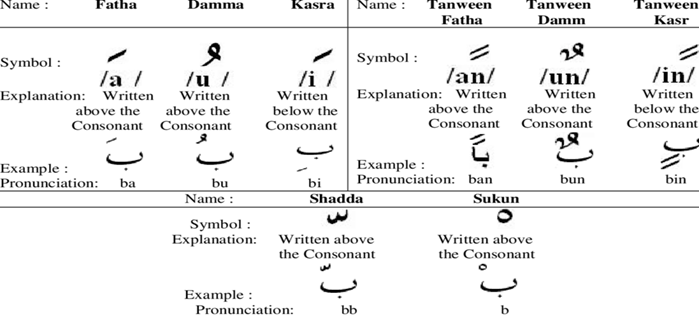

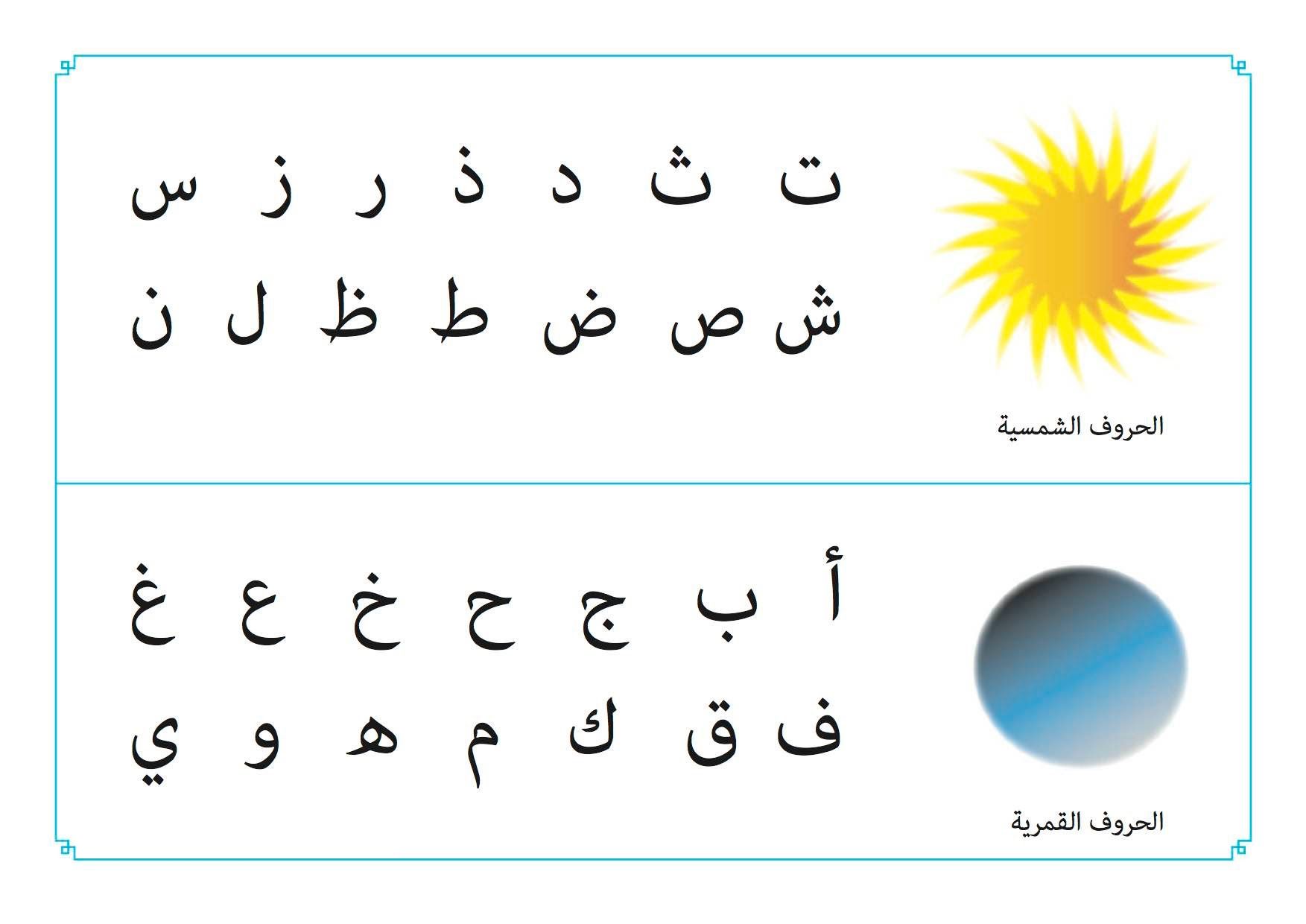

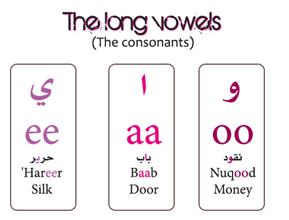
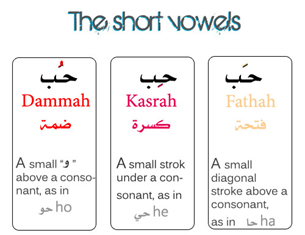
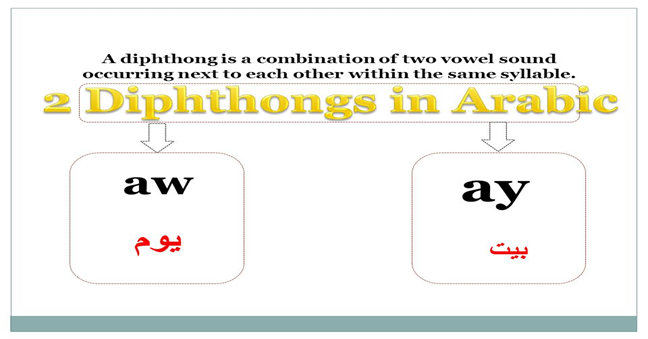

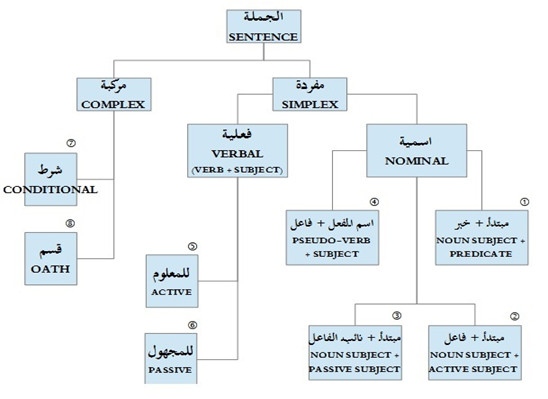
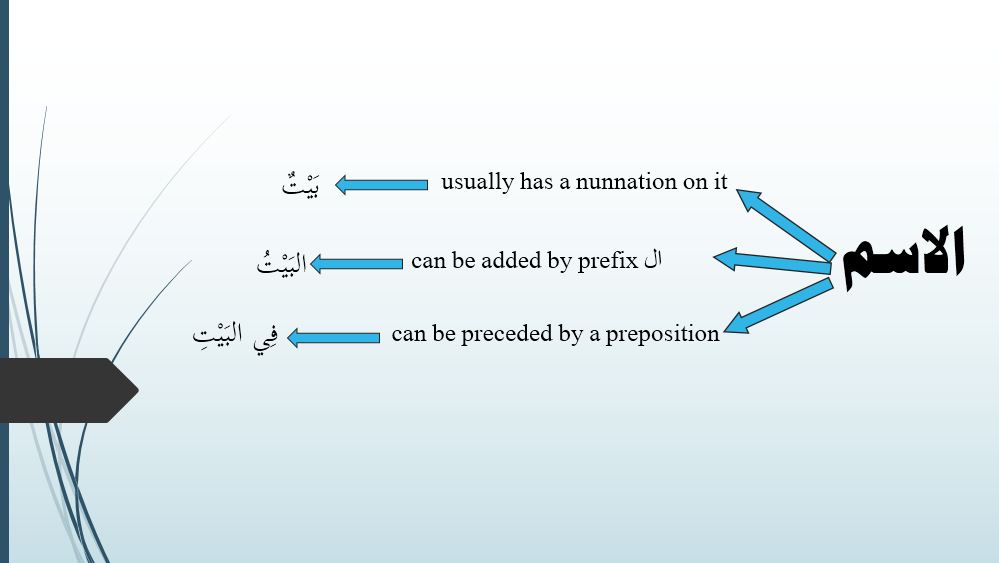
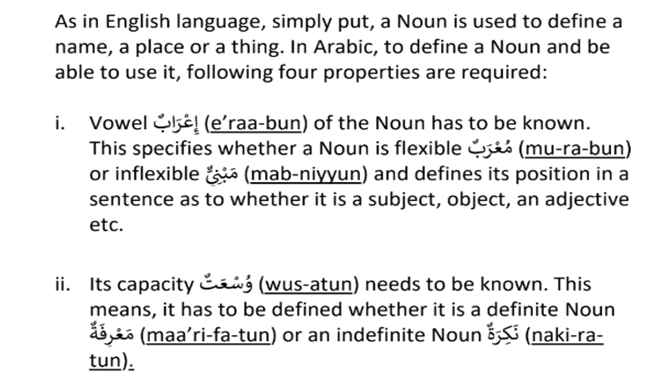
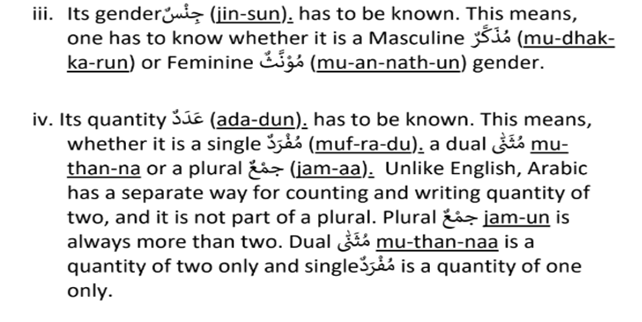
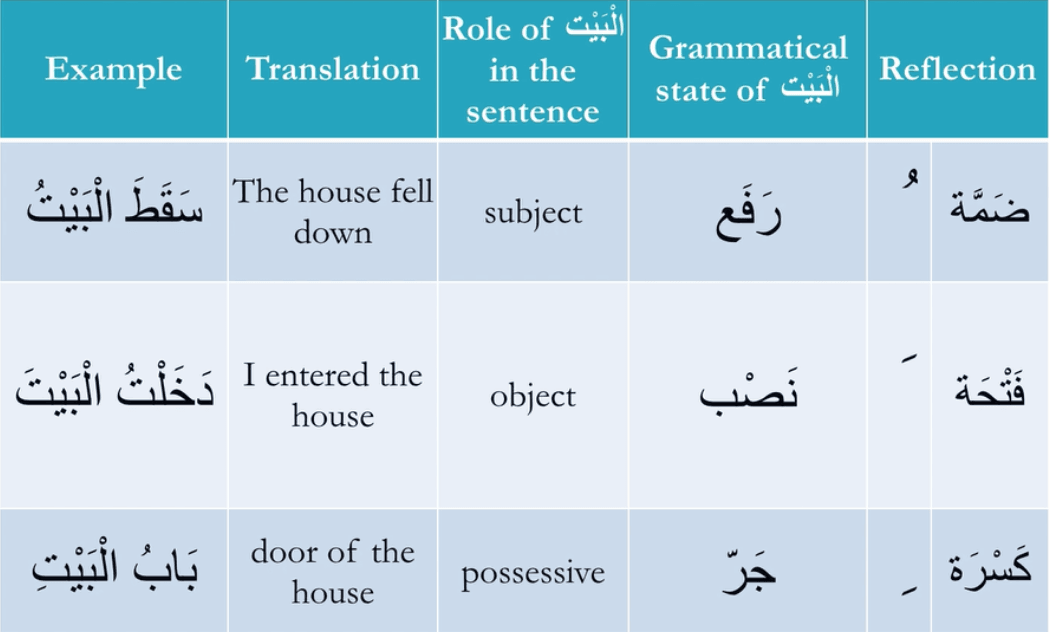

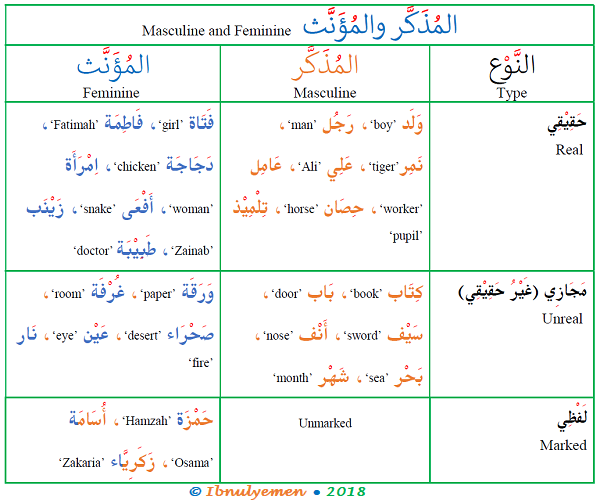
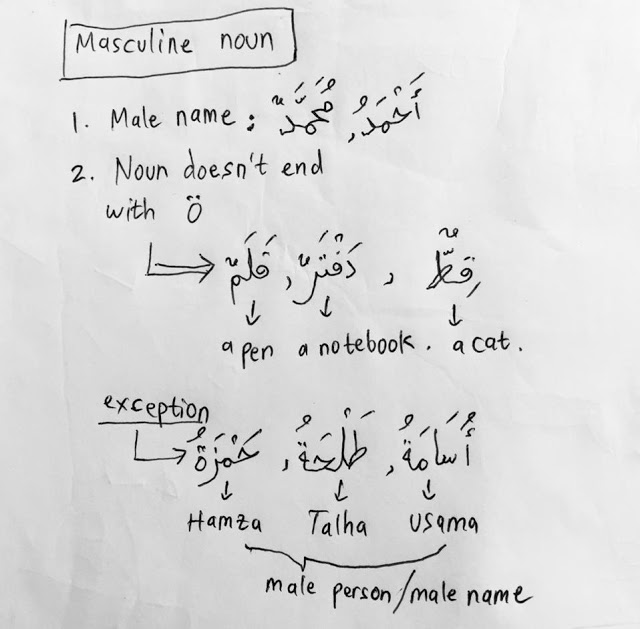
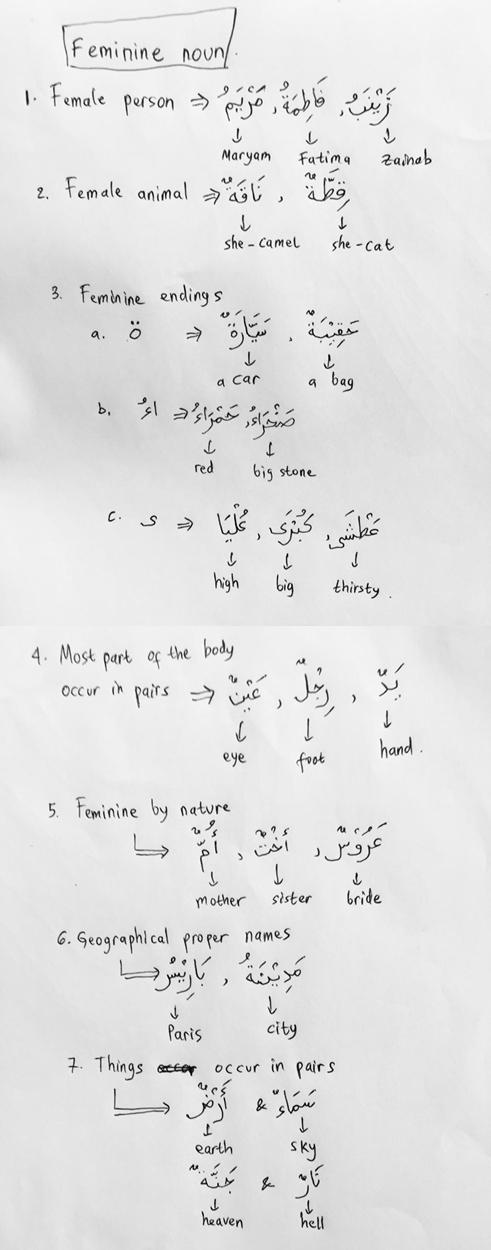
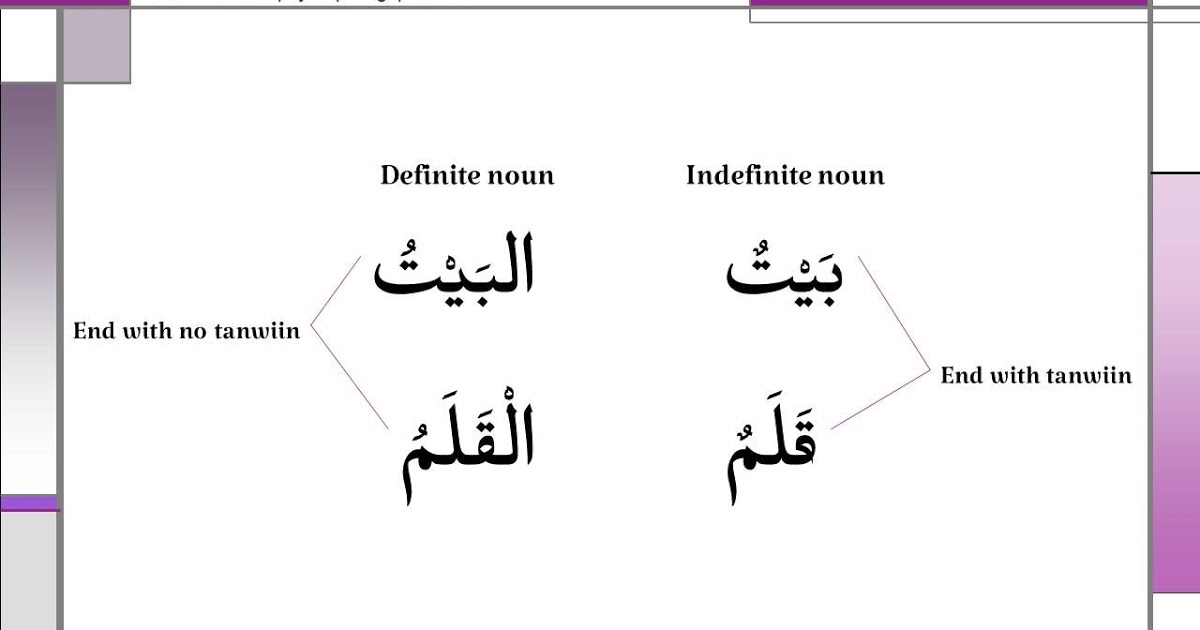

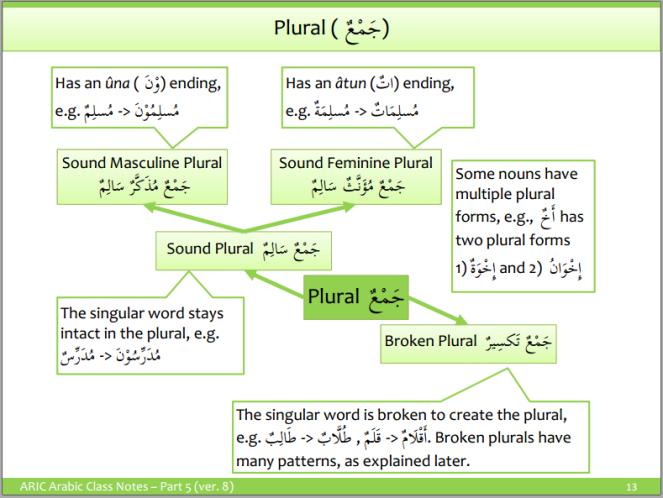

 Hide
Hide Looks like you're enjoying the discussion, but you're not signed up for an account.
Looks like you're enjoying the discussion, but you're not signed up for an account.

Bookmarks